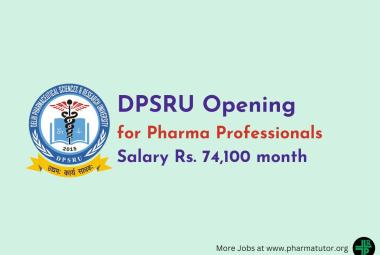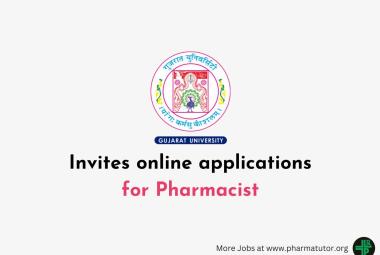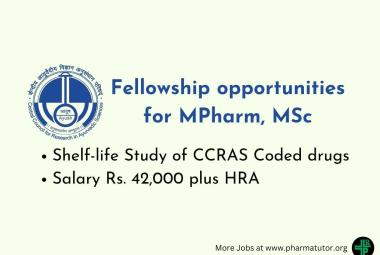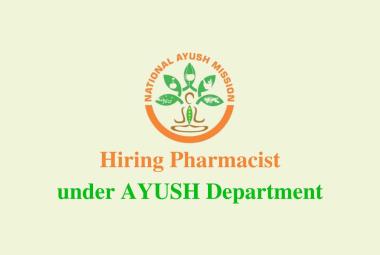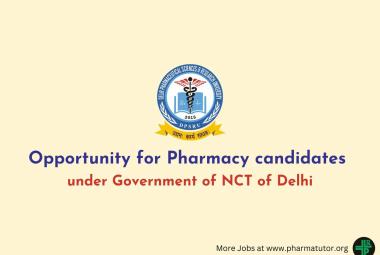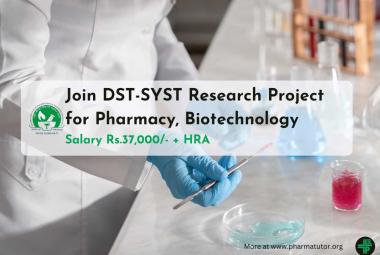ABOUT AUTHOR
DR. PRANJAL BORDOLOI
VP – PHARMACOLGY & COD
VEEDA CLINICAL RESEARCH PVT LTD.
info@veedacr.com
Therapeutic innovation in cancer treatment has always been in focus. Based on WHO data, worldwide, there were 14.1 million new cancer cases, 8.2 million cancer deaths, and 32.6 million people living with cancer within 5 years of diagnosis by year 2012. Top 5 most frequent cancers in world (ranked by number of new cases) are breast, prostate, lung, colorectal, and cervical cancers per 2012 WHO data (International Agency for Research on Cancer, WHO). For countries like India, the top 5 most frequent cancers (ranked by number of new cases) are breast, cervical, oral cavity, lung and colorectal cancers (International Agency for Research on Cancer, WHO). Reported age-adjusted incidence rates for cancer are still quite low in the demographically young country. Little more than 1 million new cases of cancer are diagnosed every year in India. An estimated 600 000–700 000 deaths in India were caused by cancer in 2012. In age-standardized terms this is close to the mortality burden seen in high-income countries. Such figures are somewhat indicative of low rates of early-stage detection and poor treatment outcomes (Mallath MK, et al. 2014).


